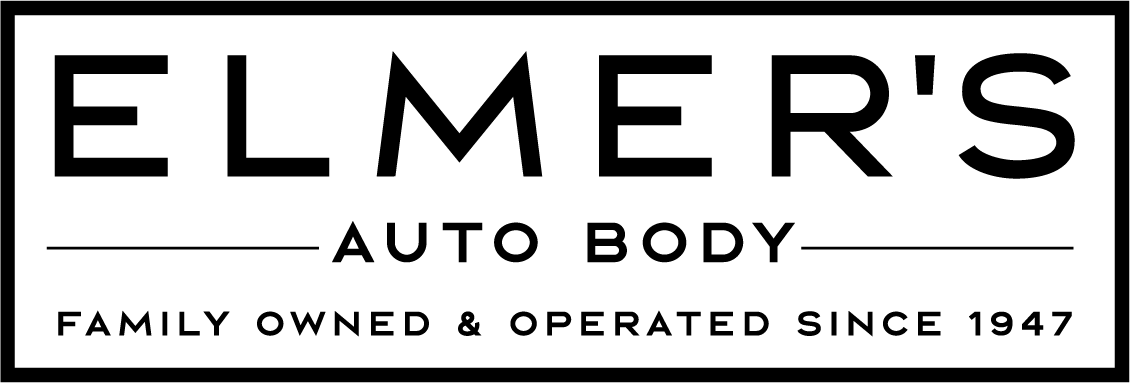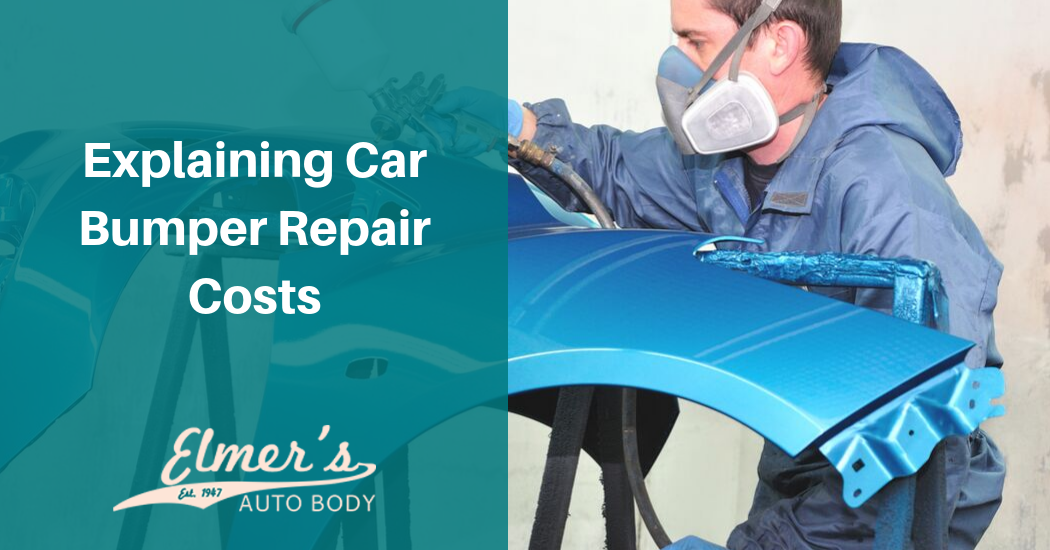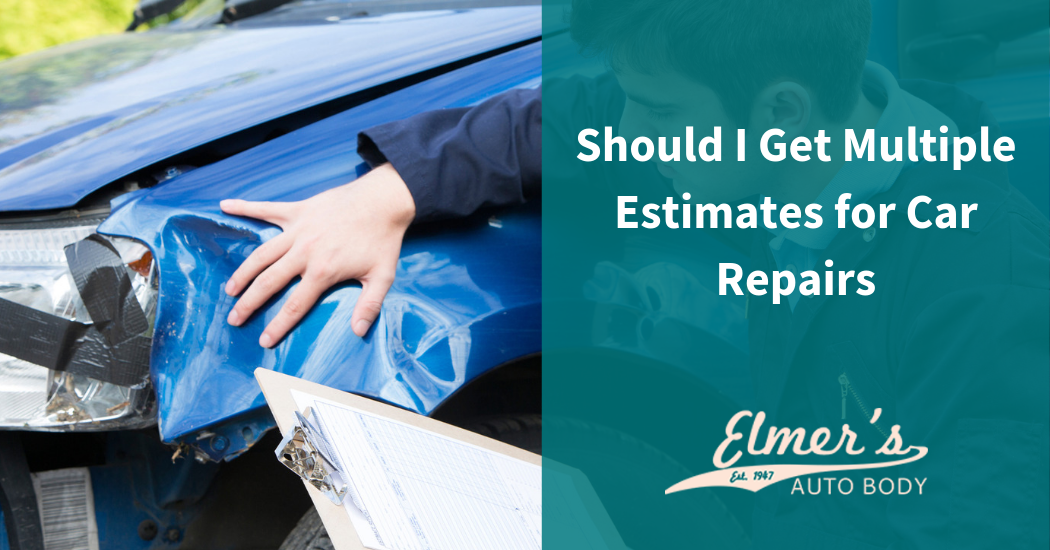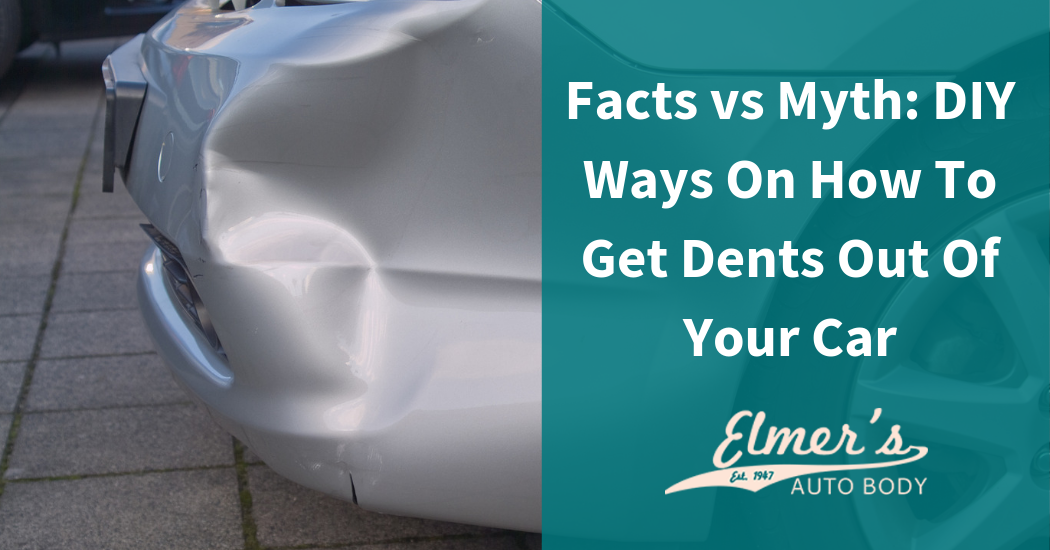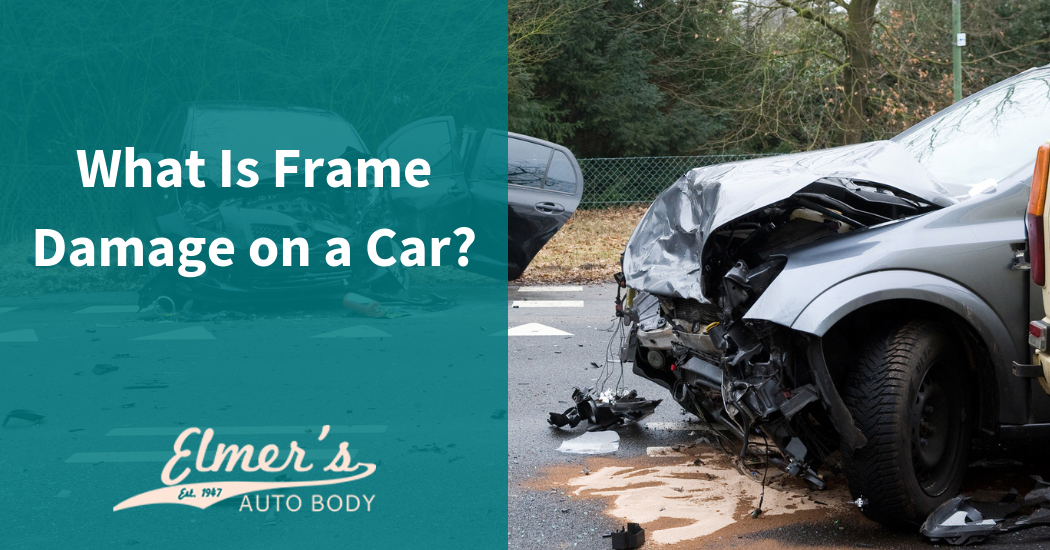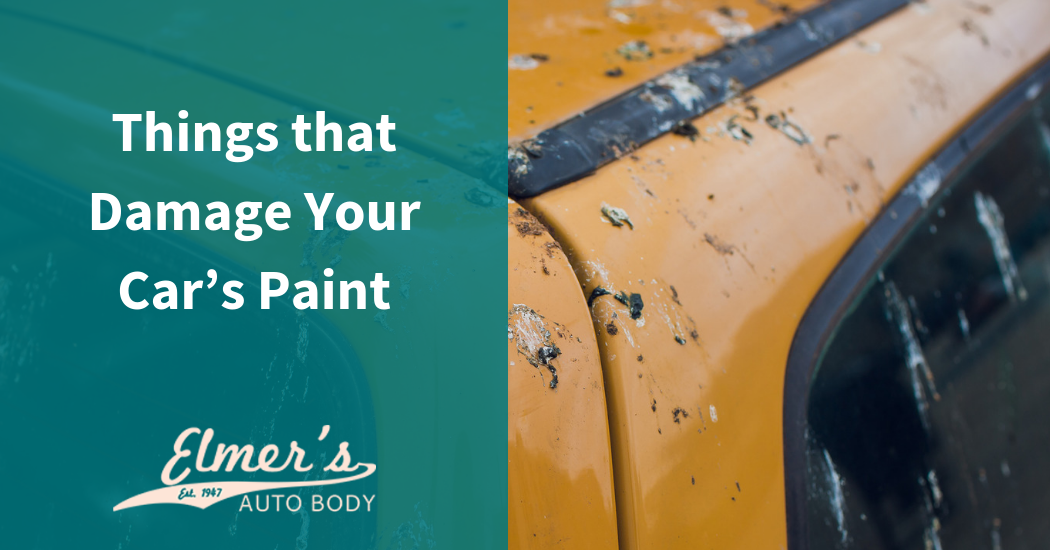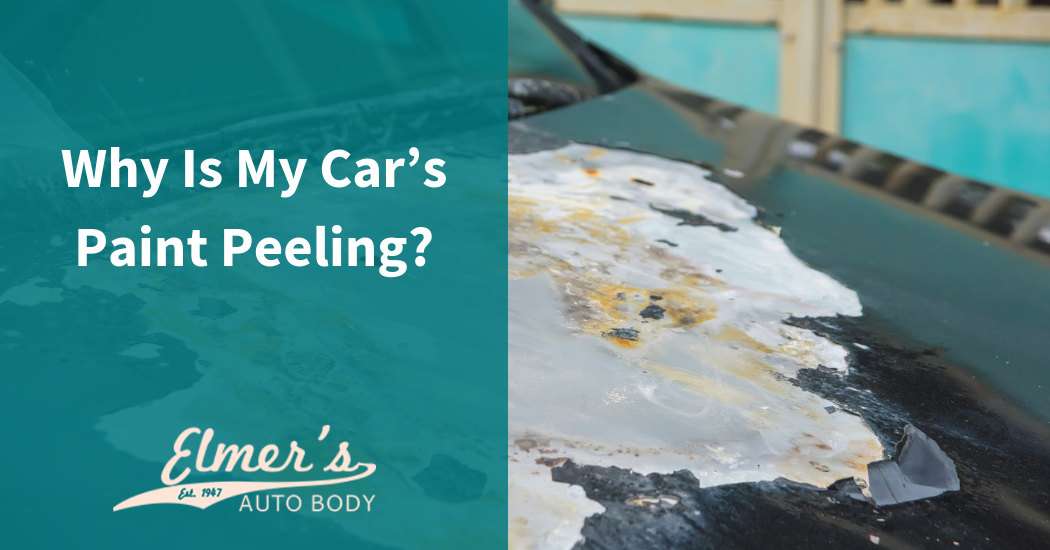There is a number of factors that will determine car bumper repair costs. Understanding what is involved with the repair process will give you an idea of what your initial and final costs will be.
Type and Extent of Damage
Maybe you had a car wreck, rammed into a tree, or your vehicle was vandalized or stripped of parts, including your bumper. Whatever the case, you have to take into consideration any replacement parts as well as labor, paint and other repair materials. When you group all those necessities together, the average cost of a bumper repair can be anywhere from $900 to $1500 plus, or more. The repair process is going to totally depend on the kind and extent of damage. What those costs entail include:
Degree of Damage
The degree of damage to a bumper will govern the cost of repairs. The most common repairs usually involve small dents and scratches. If a bumper has scratches, the costs of repairs can vary from around $70 for materials for a clear coat, which can be done in your garage, or up to $1500 for a shop to improve a base coat with high-quality paints, supplies and other materials. A bumper scratch that is professionally corrected may include high labor and material costs.
Cracked Bumpers
A bumper can also be cracked, which can affect repair costs. Damage on the front or rear bumper is always more costly particularly if the front bumper is involved. In addition, pricing will go up with cosmetic and air intake repairs. A severely damaged bumper that is about to deteriorate and fall off should be replaced as it protects the front and back of a vehicle as well as and any passengers from possible injury. Safety is minimized with a faulty bumper.
Labor
Labor costs will go up with the degree of bumper damage. If the bumper is salvageable, the repairs are usually more basic and less costly. If a complete replacement is in the mix, labor costs are going to increase. Labor costs will also go up if the bumper has to be completely removed to make other repairs related to the bumper, and any underlying damage. Any kind of replacement is going to involve a thorough search for the exact match for the kind of vehicle and model you have. Labor and any materials used are naturally going to increase bumper repair and replacement, which can fall anywhere between $800 plus to 1300 plus. Other replacement costs are going to come through:
- Any labor involved with removing an old or dilapidated bumper
- Any labor related to a new bumper installation
- The actual cost of the new or replacement bumper
- Any costs connected with spraying for a true color match
Painting and Repair Costs
Both labor and materials are always going to increase costs whether it involves repairing a bumper or painting it. Paint jobs that are purely cosmetic in nature usually take a number of hours of labor, particularly if significant bumper damage is involved. If a bumper needs a coat of paint, the costs are somewhat steady and can run anywhere in the area of $150-$300.
As paint always enhances a vehicle as well as protects it, the value of a vehicle is heightened and that includes your bumper. In order to better determine the cost of painting a bumper, you have to consider the time involved with painting it, the amount of paint necessary and the cost of the paint. Painting a bumper yourself is always going to be considerably less than the labor and materials costs involved with a repair shop.
Other Related Bumper Damage
Oftentimes other associated damage is neglected when a bumper is being repaired. Much of bumper damage is linked to the lights, air intake system, headlights, taillights and other areas within the vicinity of a bumper. Damage should be inspected and scrutinized before bumper repair is initiated. Oftentimes the whole bumper has to be removed to get to other damaged vehicle parts. With bumpers, you need to remember that most of them have additional layers of trim. These trim layers will actually require serious repair in one stretch.
Replacing a bumper can be a expensive endeavor but there are ways to save on costs. If you are in need of a new bumper, need one repaired or just have general questions, complete the online contact form and a repair expert will get back to you with the answers you need to revitalize your bumper.
